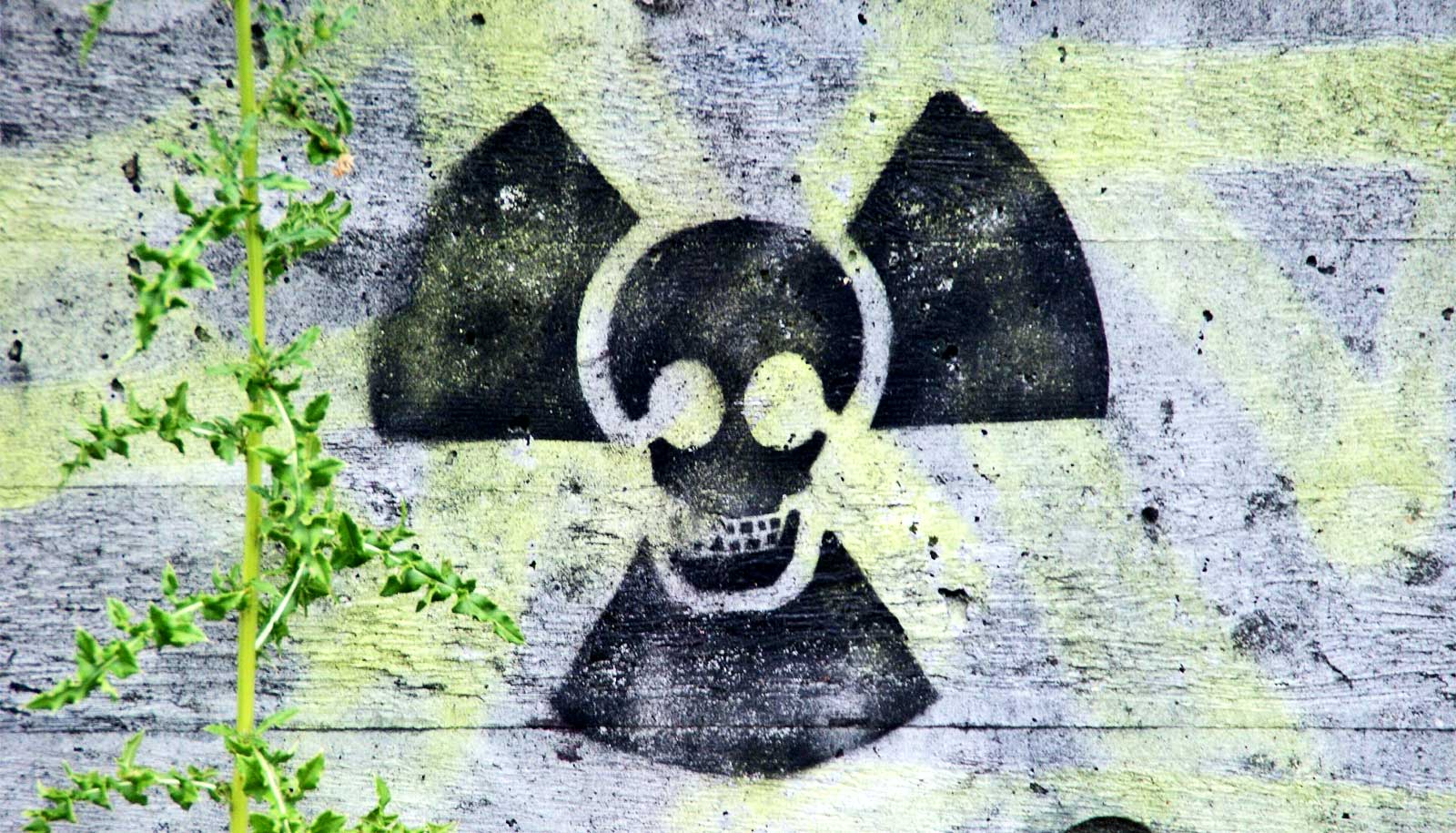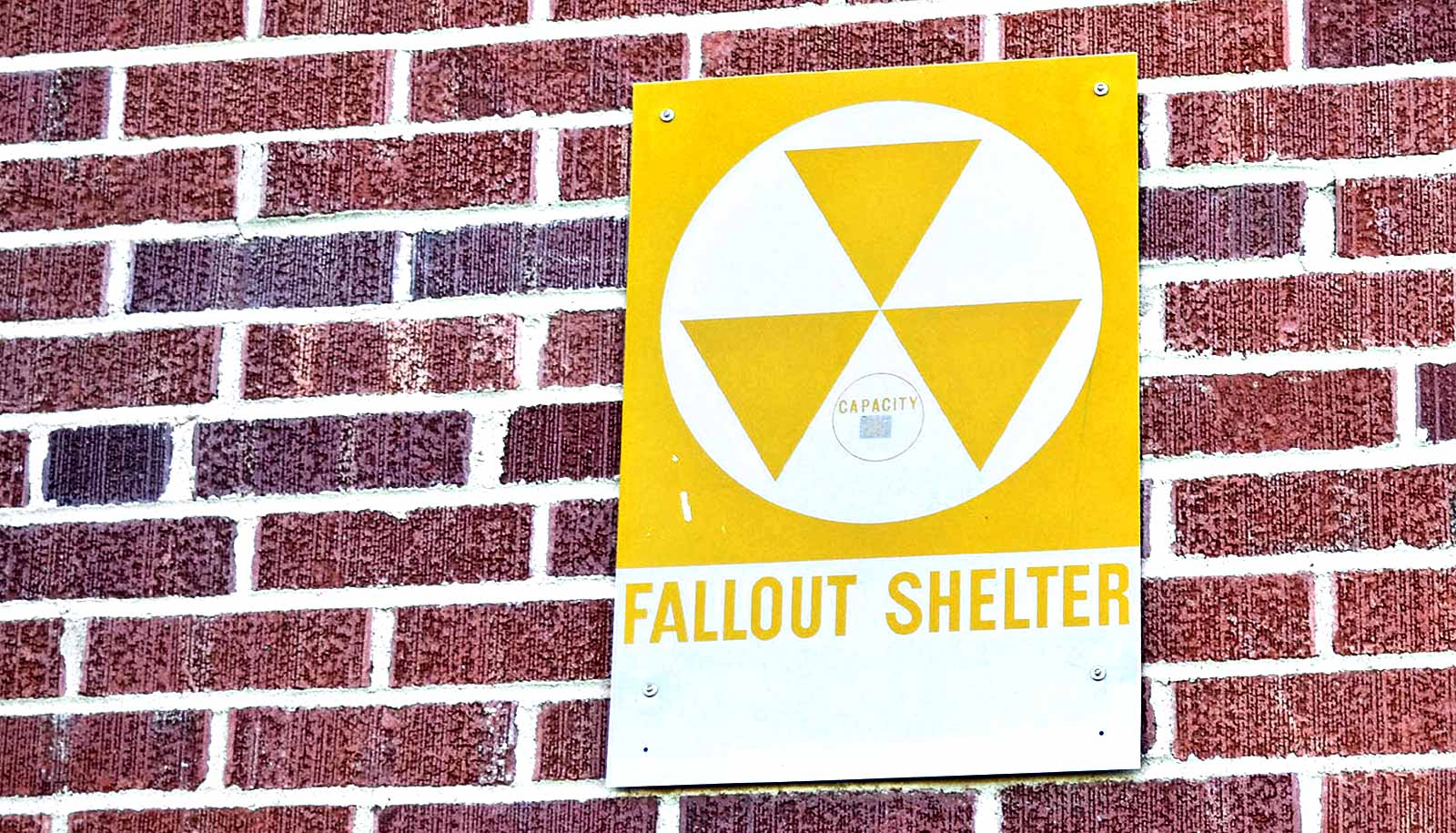A new algorithm could enable faster, less expensive detection of weapons-grade nuclear materials at borders, researchers report.
The algorithm can quickly differentiate between benign and illicit radiation signatures in the same cargo.
“We hope that the findings will be helpful in reducing the false positive alarms at radiation portal monitors, even in scenarios with multiple sources present, and enable the use of cost-effective detectors, such as organic scintillators,” says Angela DiFulvio, assistant professor of nuclear, plasma, and radiological engineering at the University of Illinois and corresponding author of the study in Nature Scientific Reports.
Nations need to protect their citizens from the threat of nuclear terrorism. Nuclear security deters and detects the smuggling of special nuclear materials—highly enriched uranium, weapons-grade plutonium, or materials that produce a lot of radiation—across national borders.
The researchers developed an algorithm capable of identifying weak radiation signals, such as might be seen from plutonium encased materials that absorb radiation. It works even in the presence of a high radiation background, including everyday sources such as cosmic rays from space and radon from the rock underfoot.
Based on their results, they believe the use of their algorithm could improve the ability of radiation portal monitors at national borders to tell the difference between potential smuggling activity and benign radiation sources. For instance, naturally occurring radioactive materials such as ceramics and fertilizers, or radionuclides in recently treated nuclear medicine patients, can set off “nuisance” alarms at radiation scanning facilities.
“There’s also the concern that somebody might want to mask a radioactive source, or special nuclear material, by using naturally occurring radioactive materials such as granite or kitty litter,” says senior author Sara Pozzi, a professor of nuclear engineering and radiological science who leads the Detection for Nuclear Nonproliferation Group at the University of Michigan, where DiFulvio was a postdoctoral researcher.
“As vehicles or boxes are scanned, the data from the detector can be put through these algorithms that unmix the different sources. The algorithms can quickly identify whether special nuclear materials are present.”
Unmixing sources so that smuggling activity can’t be hidden among benign radiation sources is hard to do quickly. For that, the team turned to specialists in machine learning, who could use data collected by Pozzi’s group to “train” algorithms to look for the signatures of materials that could be used to make a nuclear bomb.
“We crafted an unmixing model that both reflects the basic physics of the problem and was also amenable to fast computation,” says coauthor Alfred Hero, professor of electrical engineering and computer science and professor of engineering.
Additional researchers from the University of Michigan, University of Illinois, Los Alamos National Laboratory, Heriot-Watt University (Edinburgh, Scotland), and University of Edinburgh contributed to the work.
Funding for the research came from the US Nuclear National Security Administration; the US National Science Foundation; UK Royal Academy of Engineering, Engineering and Physical Sciences Research Council; and Defense Science and Technology Laboratory.
Source: University of Michigan



